Painting characters for Sharp Practice (Napoleonic French)
by Matt Varnish
Good morning everyone, hope all is well. While I have been slaving away the past few months with rebasing entire units of French and redoing every single officer, and painting WAY too much gold braiding, I have also taken some time to make up a few characters for Sharp Practice. Sharp practice is a semi skirmish ruleset for a variety of time periods, but is in the adventurous vein of Sharpe’s Rifles, the excellent show where the good guys always lose (the French)
In Sharp Practice, in addition to the usual infantry, horse and skirmishers that anyone with a Black Powder army already has, there are also leaders and heroes as well as some other characters on single bases. There are a great many charts to roll up for them and see what special abilities they had, and a LOT of them under the Cad section has them chasing after women.. I mean, this IS AFTER ALL based on Sharpe !



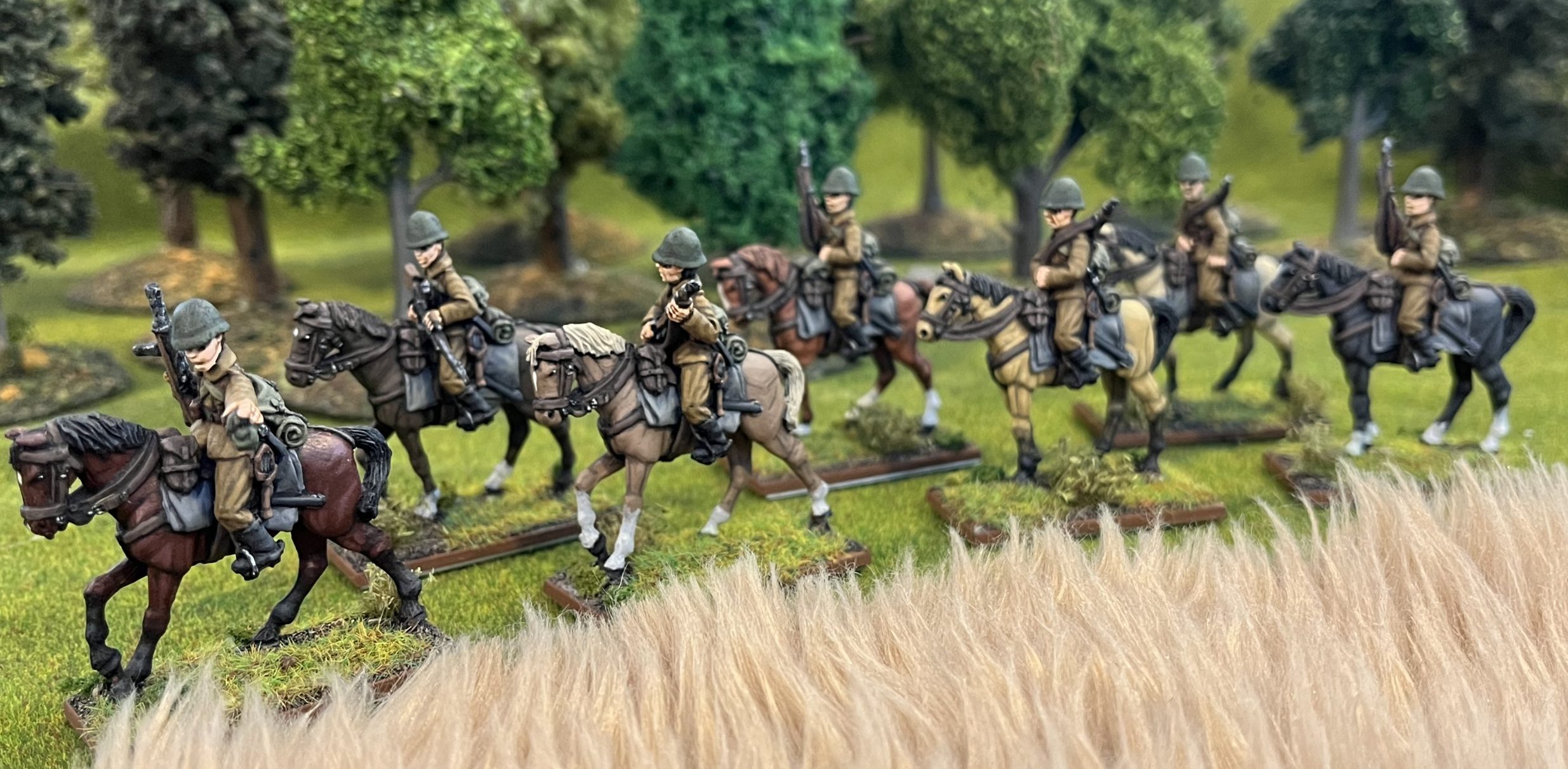


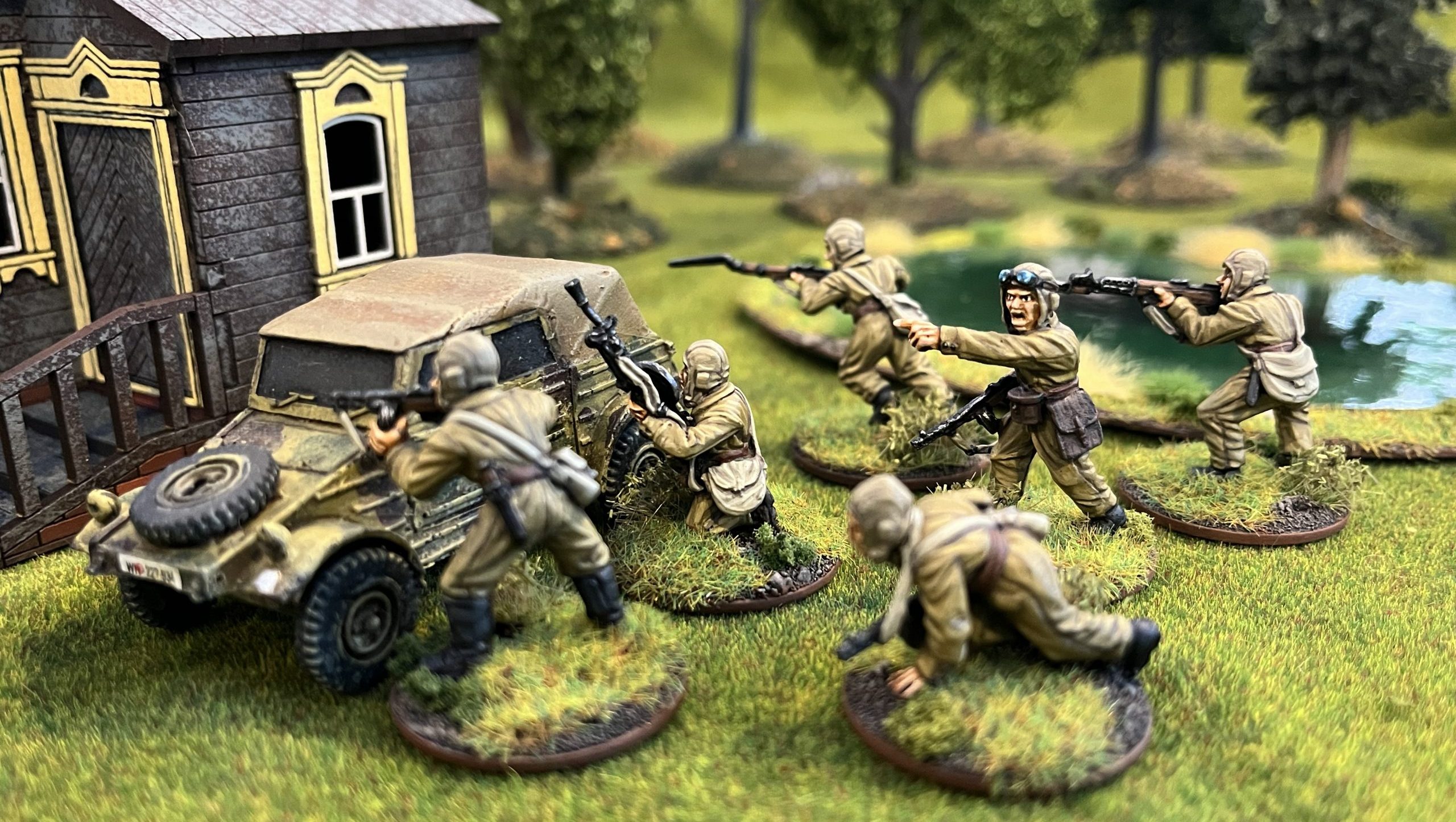
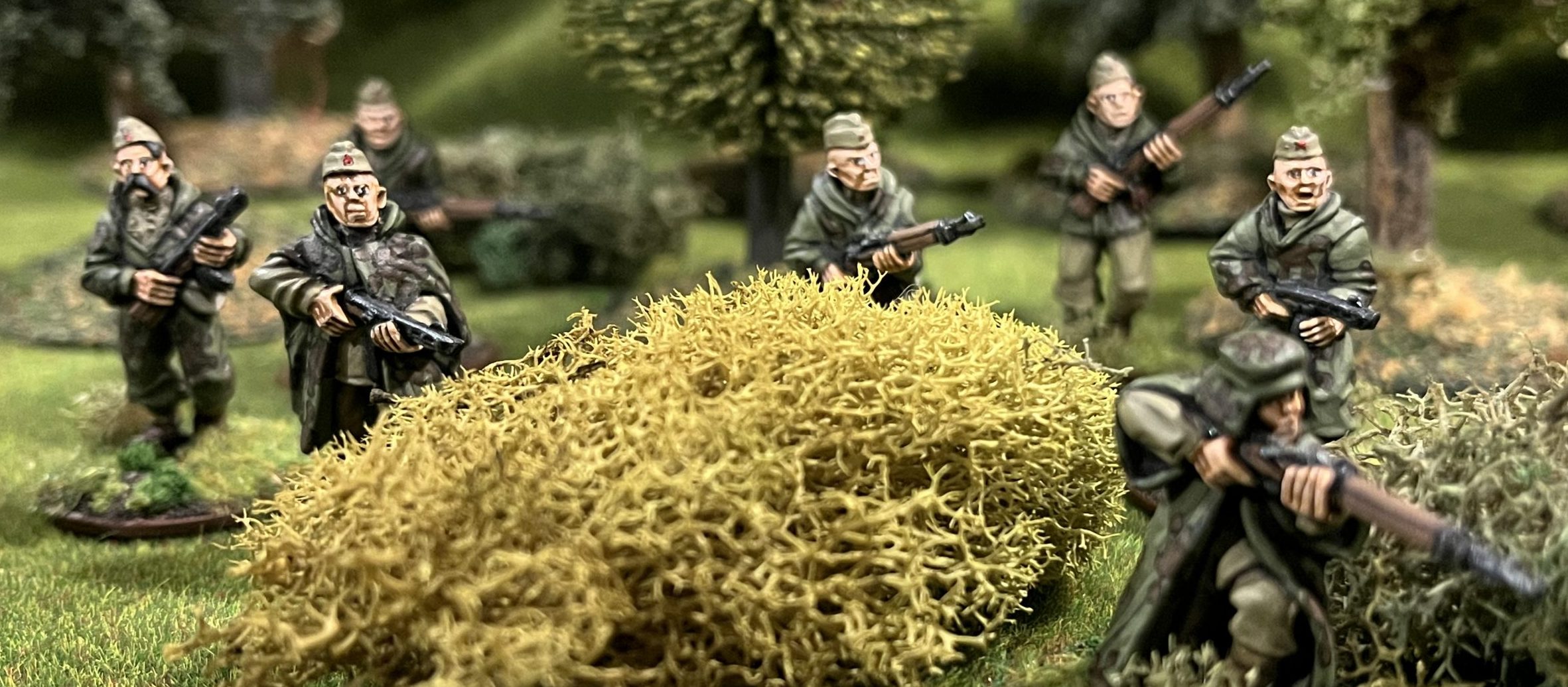
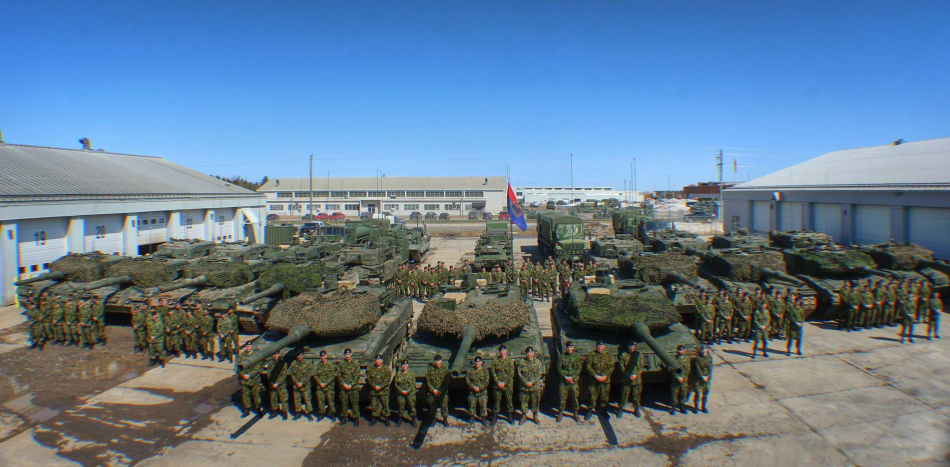
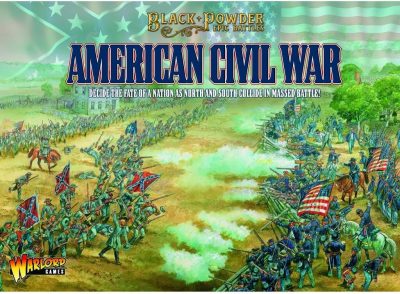 By Mitch Reed
By Mitch Reed